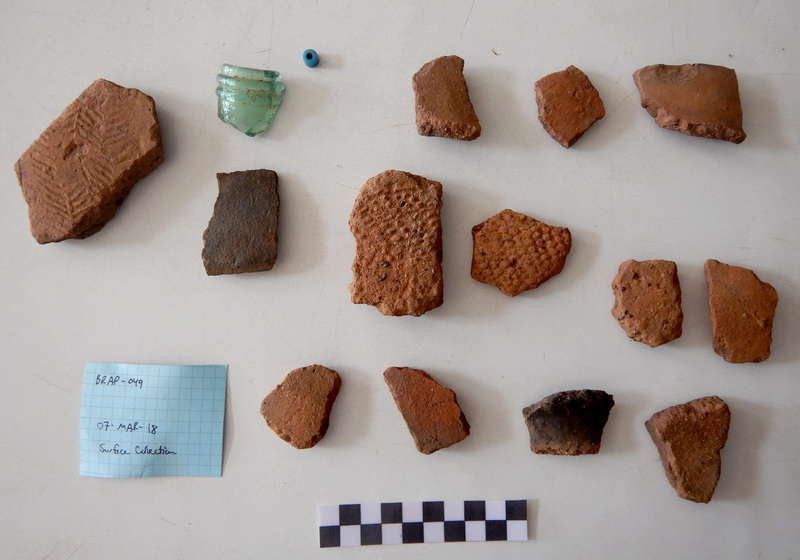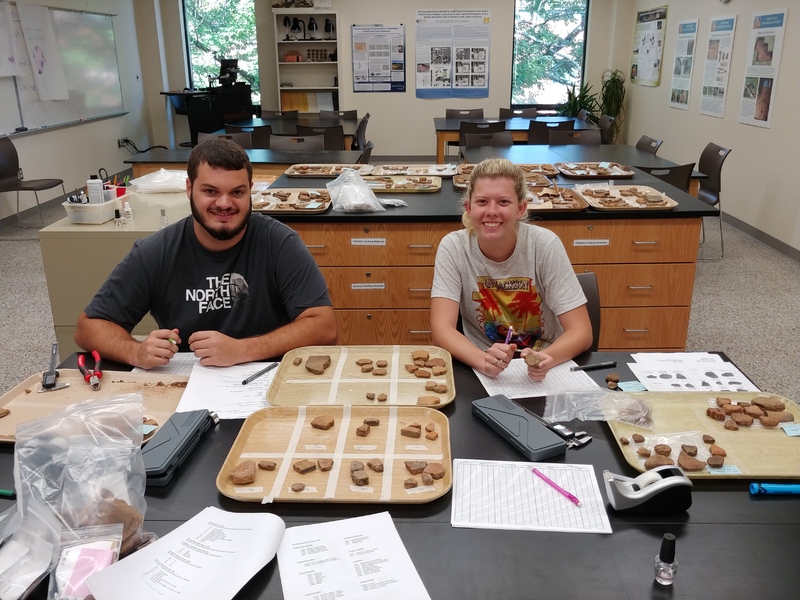Artifacts
How did the past people of Upper Gambia support their families, interact with their neighbors, and express their cultural identities? As archaeologists, we can address these questions by studying artifacts—the things that people made, traded, wore, used, and consumed or threw away in their daily lives. Our analysis begins with washing, counting, and weighing the finds from survey and excavation at our “field lab” (aka picnic table) in Kedougou. We then bring artifacts requiring further analysis back for curation at the Institut Fondamental d’Afrique Noir (IFAN) or loan for study and/or 3D imaging in the United States.
Over the past ten years, we have collected many different types of artifacts from sites in the Upper Gambia. Some of our most interesting finds are tobacco pipes, spindle whorls, iron nails, glass beads, bottle shards, and gunflints, which together reveal how local people made crafts and participated in trade (including the Atlantic slave trade). Other artifacts attesting to past economies are flakes from stone tool production and slag and furnace fragments from iron smelting and blacksmithing. Animal bones, though rare, can provide us with an important glimpse into past diets and the natural environment.
Pottery sherds are far and away the most common type of artifact collected by BRAP. Our analyses of decorative motifs and vessel forms (e.g., serving bowl, cooking pot, storage jar) help us better understand how foodways and expressions of social identity varied between village communities and changed over time. We also use microscopes to study how the clay “recipes” of past potters related to their available resources and cultural traditions.


